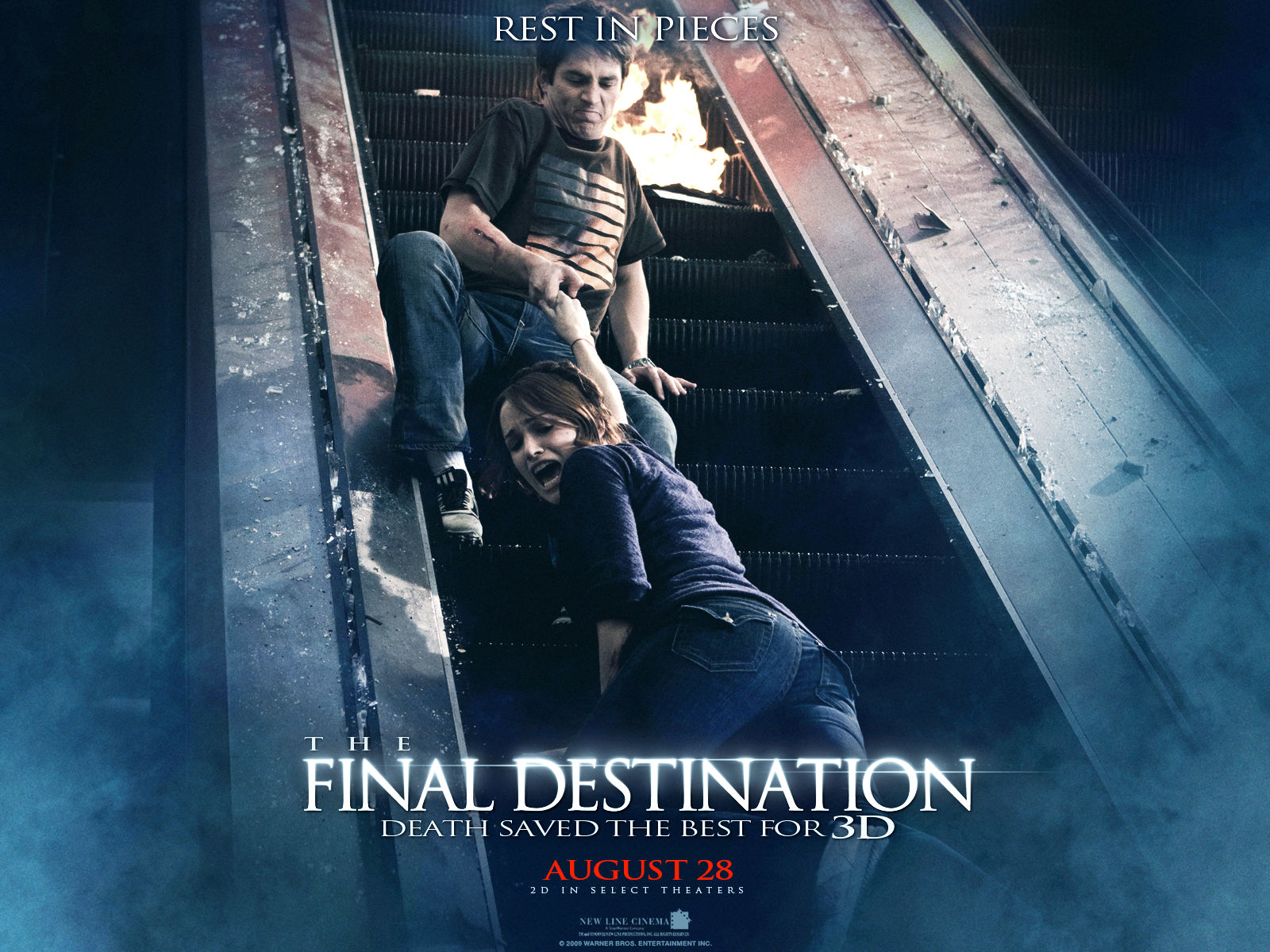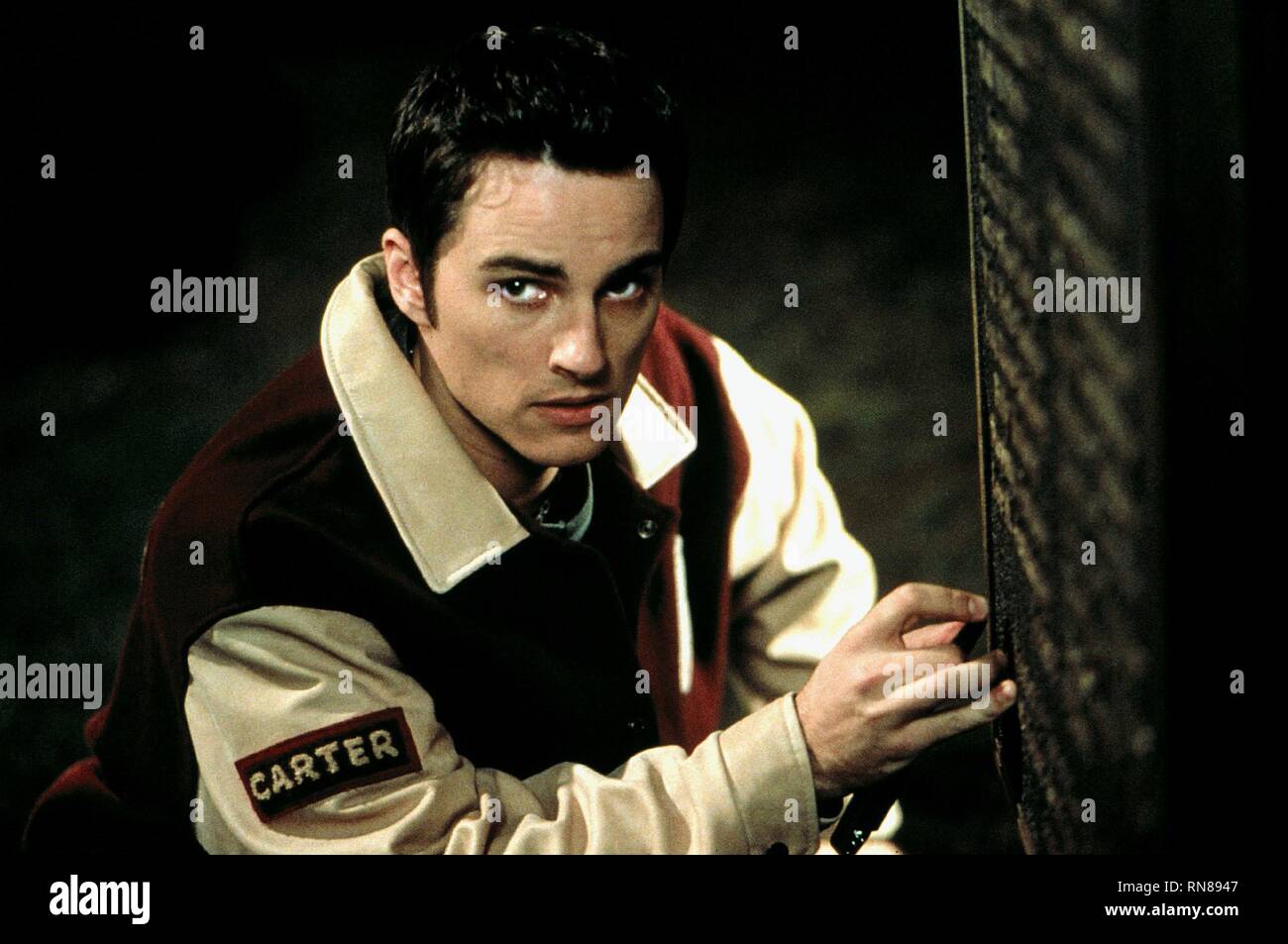

The gravitational forces of the Sun and the Earth can nearly hold a spacecraft at this point, so that it takes relatively little rocket thrust to keep the spacecraft in orbit around L2.Īnd Webb will orbit around L2, not sit stationary precisely at L2. If Webb is orbiting the Sun further out than Earth, shouldn't it take more than a year to orbit the Sun? Normally yes, but the balance of the combined gravitational pull of the Sun and the Earth at the L2 point means that Webb will keep up with the Earth as it goes around the Sun. This is why L1, L2, and 元 don't "collect" objects like L4 and L5 do. However, L1, L2, and 元 are metastable so objects around these points slowly drift away into their own orbits around the Sun unless they maintain their positions, for example by using small periodic rocket thrust. Some small asteroids are known to be orbiting the Sun-Earth L4 and L5 points. In fact, L4 and L5 are stable in that objects there will orbit L4 and L5 with no assistance. Some Technical Details: It is easy for an object (like a spacecraft) at one of these five points to stay in place relative to the other two bodies (e.g., the Sun and the Earth).

The L1, L2, and 元 points are all in line with each other - and L4 and L5 are at the points of equilateral triangles. At Lagrange points, the gravitational pull of two large masses precisely equals the centripetal force required for a small object to move with them. Joseph-Louis Lagrange was an 18th century mathematician who found the solution to what is called the “three-body problem.” That is, is there any stable configuration, in which three bodies could orbit each other, yet stay in the same position relative to each other? As it turns out, there are five solutions to this problem - and they are called the five Lagrange points, after their discoverer. This is why the telescope will be out at the second Lagrange point. To have the sunshield be effective protection (it gives the telescope the equivalent of SPF one million sunscreen) against the light and heat of the Sun/Earth/Moon, these bodies all have to be located in the same direction.

The temperature difference between the hot and cold sides of the telescope is huge - you could almost boil water on the hot side, and freeze nitrogen on the cold side! The telescope itself will be operating at about 225 degrees below zero Celsius (minus 370 Fahrenheit). + The temperature difference between the hot and cold sides of the telescope is huge - you could almost boil water on the hot side, and freeze nitrogen on the cold side!


 0 kommentar(er)
0 kommentar(er)
